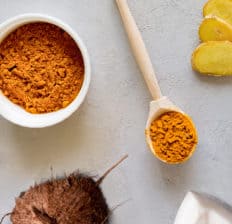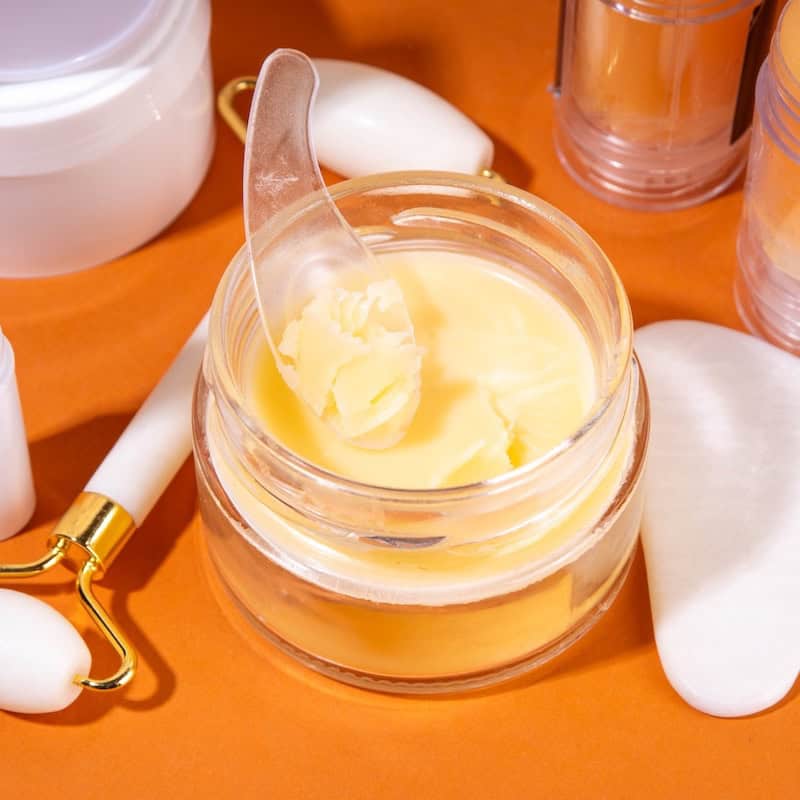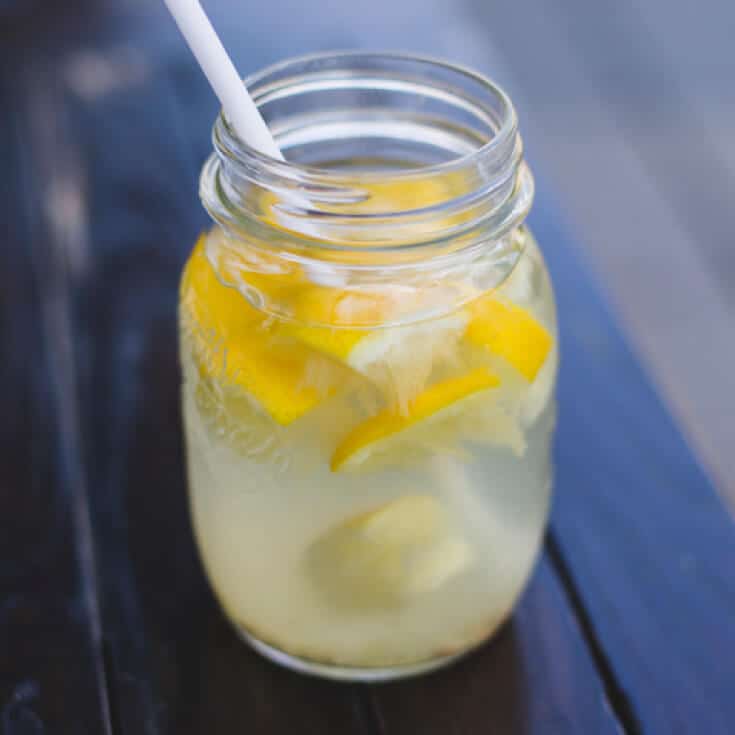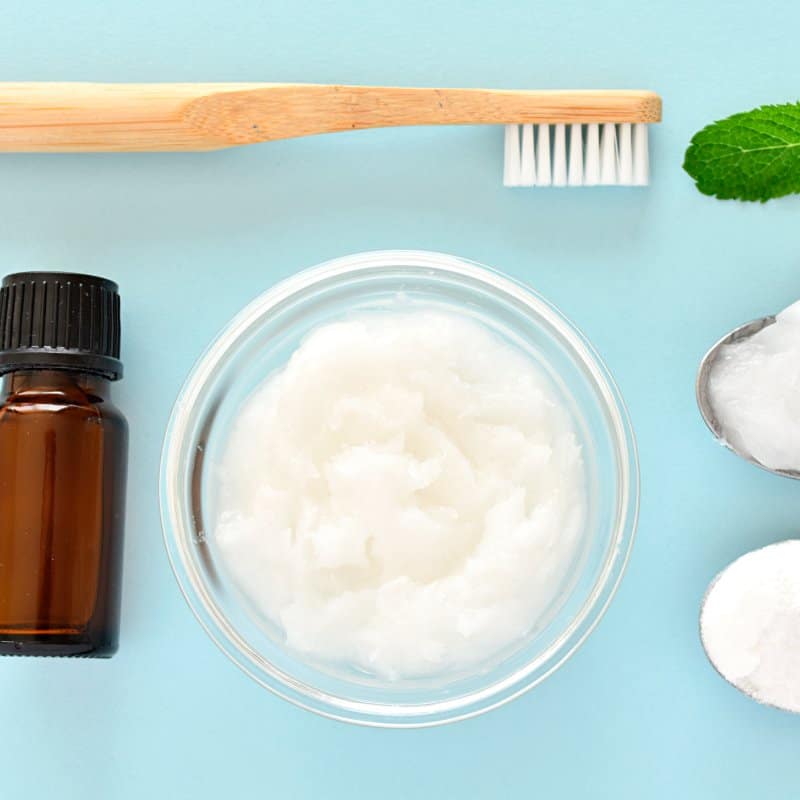This Dr. Axe content is medically reviewed or fact checked to ensure factually accurate information.
With strict editorial sourcing guidelines, we only link to academic research institutions, reputable media sites and, when research is available, medically peer-reviewed studies. Note that the numbers in parentheses (1, 2, etc.) are clickable links to these studies.
The information in our articles is NOT intended to replace a one-on-one relationship with a qualified health care professional and is not intended as medical advice.
This article is based on scientific evidence, written by experts and fact checked by our trained editorial staff. Note that the numbers in parentheses (1, 2, etc.) are clickable links to medically peer-reviewed studies.
Our team includes licensed nutritionists and dietitians, certified health education specialists, as well as certified strength and conditioning specialists, personal trainers and corrective exercise specialists. Our team aims to be not only thorough with its research, but also objective and unbiased.
The information in our articles is NOT intended to replace a one-on-one relationship with a qualified health care professional and is not intended as medical advice.
Poultice: How to Make an Herbal, Epsom Salt or Onion Type
August 6, 2022

When it comes to a natural remedy for almost anything, from sore muscles and burns to insect bites, a poultice is a great way to tackle it. As a kid, I remember my grandmother creating this remedy when I had my first bee sting. I had no idea what she was doing, but it worked and I went from a teary-eyed boy to back to playing in my tree house in no time!
Grandma didn’t just make this stuff up either. Poultices have long been noted as traditional medicine, with some poultices made from what I would call some not so pleasant ingredients. In fact, the most frequented poultice historically recorded was made with cow manure mixed with clay for abscesses and burns.
Don’t worry — I’m not suggesting you go out and find cow manure, and my grandma did not use cow manure. No, this poultice comprised a sock filled with hot salt, known as a salt poultice, which was a recommended treatment for mumps and toothaches.
Now that I have sparked your curiosity, a poultice is totally safe and easy to make.
What Is A Poultice?
So what is a poultice, exactly? It’s a natural, at-home remedy that’s typically filled with beneficial herbs that can quickly heal an area, fight inflammation and improve blood circulation.
Using a combination of ingredients, such as powdered clay, salts, charcoal and even essential oils, along with leafy herbs, you can make a poultice by wrapping these types of healing combinations in a piece of cloth and placing it directly on the affected area or the bottom of the feet.
A poultice is a great option because the affected area gets direct contact with these natural remedies, allowing healing through immediate absorption through the skin and, ultimately, drawing out any infection. Additionally, the bottom of the feet is an area where the skin is able to more easily absorb the natural remedy you apply.
What, specifically, can poultices do? They’ve been shown to help treat skin diseases, diabetic ulcer wounds, insect bites, sore muscles, bruises, coughs and congestion, and more.
What’s great about a poultice compress is that you can apply it directly to the source of pain or inflammation, and it’s completely natural and can provide benefits quickly. Additionally, it’s a great alternative when sitting in an herb-filled tub is not easily available.
Poultice Types
According to a study published in Bioscience, Biotechnology and Biochemistry, a poultice made using houttuynia cordata (HC), known as the “poison-eating plant,” a commonly used herbal remedy in Japan, was very effective in treating skin problems.
The particular HC poultice studied was prepared from smothering fresh leaves of the plant and used for the treatment of some skin diseases. The study showed antibacterial effects against some infections, suggesting that HC may be very effective for bacteria-developing skin issues and inflammation.
Furthermore, poultices may help fight diabetic ulcer wounds. The effects of using traditional medicine as a topical treatment in the form of a poultice for treating diabetic ulcer wounds was confirmed as very effective. Specifically, B. orientale extract hydrogel was used in a study and may be presented as a potential treatment for diabetic ulcer wounds. This extract has long been used for the treatment of various skin diseases, such as stomach pain and urinary bladder issues due to the antioxidant, anticancer and antibacterial activity of the extract of the leaves.
This type of homemade remedy also helps with insect bites and sore muscles. An Epsom salt poultice is great for insect bites. The magnesium found in Epsom salts may help alleviate the pain and inflammation caused by injuries, such as sprains and strains, as well as swelling that may be the result of a sting due to a biting insect.
An Epsom salt poultice can also help reduce pain associated with sore muscles or help relieve pain from bruises. It can also help draw out the pain associated with an insect sting.
Poultices have also been shown to be great for eliminating coughs and congestion. An onion poultice can do wonders for flu-like symptoms, including coughing and congestion.
Onions are high in sulfuric compounds, such as thiosulfinates, sulfoxides and other odorous cysteine sulfoxides, which is what gives onions their distinct taste as well as the cause of tears while slicing them! It’s the thiosulfinates found in onions that have the ability to kill off salmonella and E. coli.
Besides the featured herbal poultice recipe below, here are suggestions for two of the poultices mentioned above.
Epsom Salt Poultice
While you can buy an Epsom salt poultice online, you can also make your own. A homemade Epsom salt poultice helps with insect bites and sore muscles.
There’s two ways to make an Epsom salt poultice: Prepare and apply directly to the affected area, or prepare and use a “poultice pack” to the area. Warning: the first is messier but may be more effective.
For the first variation, make this mixture in a bathroom because of the potential mess. Simply take the amount of Epsom salt that you think will cover the affected area. If it’s a small area, then half a cup should suffice. Larger area, such as sore calves? Then use at least a cup.
Mix with enough water to make a thick paste, then slowly cover the area you want to address. Cover with a damp, warm towel and follow with a wrap to keep the towel in place.
Allow the poultice to soak into your skin for around 20 minutes and then wash it off.
Method two is making up a poultice pack with cotton drawstring bags, such as reusable muslin. Make up the paste with Epsom salts and water in a bowl and then put into the cotton bag, spreading it out in an even layer and then cover the affected area.
Onion Poultice
A simple homemade onion poultice can help alleviate flu-like symptoms, including coughing and congestion.
To prepare, slice up an onion and sauté for a few minutes with some coconut oil. Add in some fresh cut ginger and garlic as well, about a tablespoon each. Stir and remove from heat.
Place the mixture inside a thin cotton drawstring bag or on a piece of thin cloth and wrap up like a poultice. Place it right on your chest and leave it there for at least 30 minutes.
Precautions
A poultice is great, but be aware of the ingredients before applying. If you have sensitivities to any of the ingredients, remove immediately. If heating a poultice, don’t apply it while it’s hot. Make sure it cools first so that you do not burn your skin.
As studies indicate, poultices do not last very long and it’s essential that “contaminated herbal material is not put into or on any wound.” Therefore, if you use a poultice for a wound, moist herbal compresses can work but only if they are changed many times a day.
Print
DIY Herbal Poultice Recipe
- Total Time: 10 min
- Yield: 1 application (reuse 5 times) 1x
Description
A poultice is a natural, at-home remedy that’s typically filled with beneficial herbs that can quickly heal an area, fight inflammation and improve blood circulation. It’s also very easy to make.
Ingredients
- 1 teaspoon coconut oil
- 2 tablespoons freshly grated or chopped turmeric
- 2 tablespoons chopped lemongrass
- 2 tablespoons freshly grated or chopped ginger
- 1/2 cup small raw sliced onion
- 2 garlic cloves, chopped
- 2 drops oregano essential oil
- 10 drops eucalyptus essential oil
- white cloth or muslin
- thick string (optional)
Instructions
- In a pan on low heat, add the coconut oil and lightly sauté the ginger, turmeric, lemongrass, onion and garlic. You can put a lid on it for a few seconds to let it steam. You want it to remain mostly dry or slightly moist from the coconut oil. You can use a tiny bit of water if needed as you do not want it to burn.
- Turn off and move the ingredients to a bowl to cool.
- Add the essential oils and stir to blend well.
- Next, lay out your cloth. Take a big spoonful of the mixture and place it into the center of your cloth.
- Now, just fold or lay the outside pieces on top of each other so you have a pack. Some like to pull long pieces up into a “handle” at the top and tie it with yarn or thread. It doesn’t really matter as long as you keep the ingredients nestled tightly in the cloth so nothing falls out or becomes loose when in use.
- Next, place the poultice on the affected area for 20–30 minutes two or three times a day. (If you’re applying to a wound, you must use a new application each time.)
- For non-wound applications, you can place it in the fridge and reheat in a steamer or microwaves, using it four or fives times, before making a new one.









